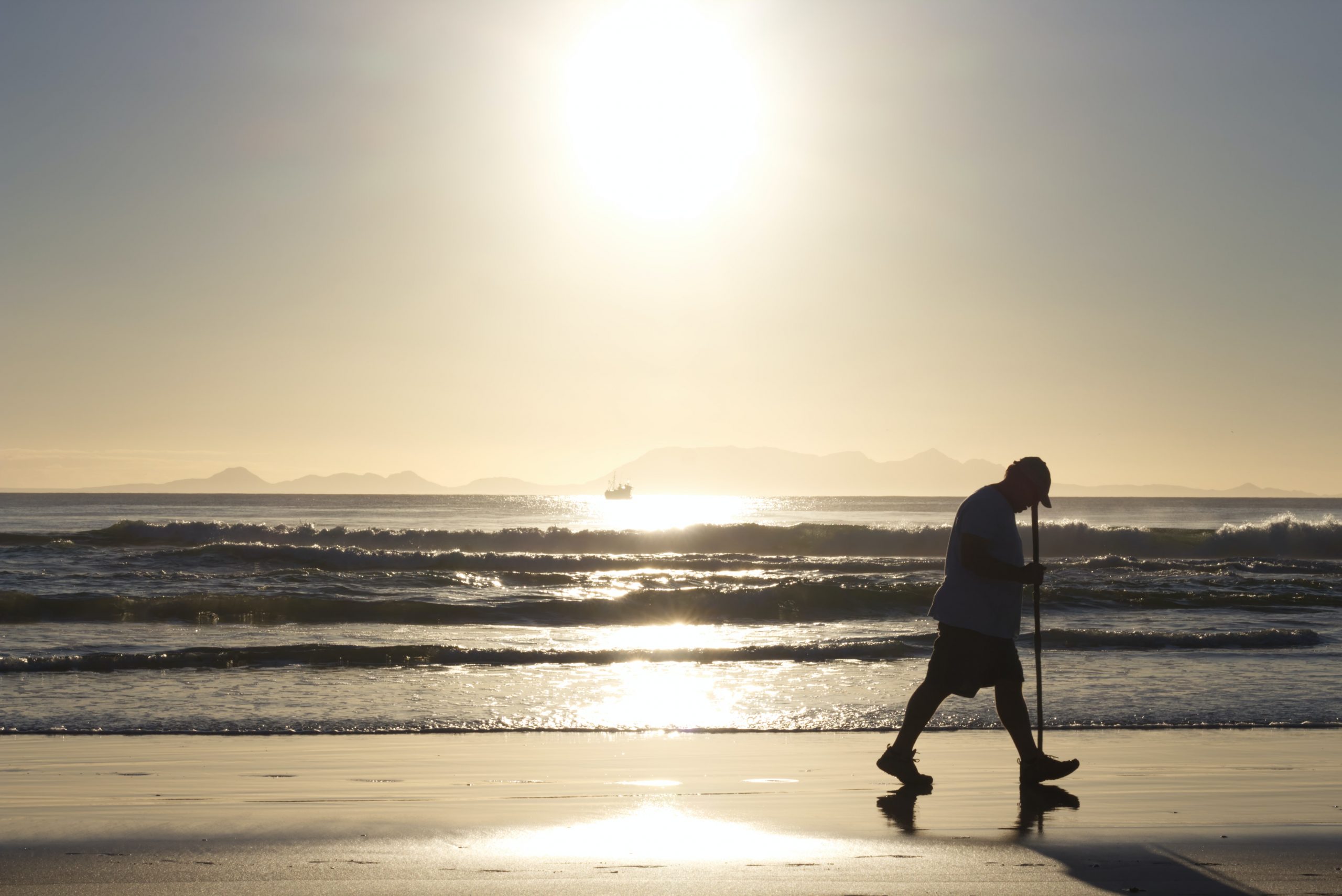When it comes to thinking about exercise and staying healthy, many are misguided in what that means and the expectation we place on our bodies. High-intensity interval training (HIIT) might prove effective for some, but it’s not always a possibility for all, nor is it the only form of exercise out there. Low impact exercise is perfect for older individuals, those with health issues, busy people who can’t find time for structured exercise, and really anyone who is starting from no exercise at all. These exercises can be completed in a home gym, at a commercial gym or out in nature.
With a better understanding of what constitutes low impact exercise and how to engage different muscle groups, you can be incorporating these exercises into your daily life and see tangible results that are more substantial than a number on a scale. After all, acupuncture in Melbourne and modern medicine can only get us so far. Low impact exercise can improve many areas of our overall health, including:
- balance and stability
- strength
- lower blood pressure
- reduce stress
- relieve joints
- lower risk of heart disease
- reduce the chance of muscle tears and broken bones
Examples of low impact exercise
Low impact exercise can be fit into any schedule, whether it is ‘incidental exercise’ or pre-planned, making it inclusive to all lifestyles. With enough consistency, low impact exercise can be as beneficial as high impact training without the fear of hurting the body which can be more damaging at an older age. If you are keen to get started but not sure what to do and where, here are some examples of low impact exercise you can start today. No equipment is necessary!
Walking for cardiovascular health
You might not think that something as simple as your walk to the bus or the shop is aiding you in such a significant way, but walking is a great low impact exercise and fantastic for cardiovascular health. Try to incorporate different terrains so that you can walk up and down hills to engage different muscles. Walking can also ease joint pain, which is why women who are pregnant find walking to be a relieving low impact exercise as it reduces lower back pain. When you get into a rhythm with your walking, try to pick up your pace for some stretches of the walk and then slow back down to your original pace – this interval exercise is great for your cardiovascular health. You might also want to research Nordic Walking and find a local group in your area to walk with.
Swimming to reduce risk or heart disease, stroke and diabetes
Swimming is a great low impact exercise for all ages and all sizes, as it is not weight-bearing and allows for free movement that you won’t find from any other exercise. It also activates your whole body, from your arm strokes to your kicking legs and engaged core. If laps seem daunting to you at this point in your exercise journey, you might be comfortable starting with water aerobics which requires simple but rhythmed movement which also helps with stability and balance – all in the comfort of a cool or heated pool. Swimming can also be very therapeutic and you will be surprised by how quickly your confidence will grow in the water the more sessions you commit to in the week. You can find public swimming pools in Melbourne in just about every suburb.
Yoga and pilates for strength and balance
There is a misconception that yoga and pilates are for flexible people and young women only, but this couldn’t be further from the truth. Yoga at its core is about centring oneself and getting in tune with the body through connecting with the breath. This of course means different things for all, but your only goal is to nourish your body through mindful movement and not pushing yourself to discomfort. Sure, there are some very complex yoga poses out there, but if you are not up to these poses then stick with the grounding yoga poses that slowly build on your balance and stability. Pilates has a greater focus on building strength in the core and other functional muscles. It’s not uncommon to complete a Pilates class without standing on your feet. This attracts many who find comfort in this seated and lying down practise.
Dancing for stress release and increasing circulation
Many of us cannot resist giving in to a great song and having a dance on our own. Although when it comes to a more structured dancing format – why is it that we shy away? Dancing is a great low impact exercise, and it’s one that has mental and physical benefits. Stress build-up can present itself physically if untreated, and dancing offers a space to shake some of that stress. This releases endorphins and facilitates social interactions with other dancers. The agility and aerobic-style fitness that comes with dancing will also go a long way in improving circulation. This is important because circulation can be a great benefit to older individuals or those who have a sedentary lifestyle. Many link dancing to dementia prevention and anxiety reduction.
Benefits of low impact exercise
It’s pretty clear to see why so many incorporate low impact exercise into their lives. There are so many benefits to the body and mind. The greatest benefit is that low impact exercises is accessible to all, and we have only scratched the surface here. To improve your general health and mindset, start with an easy walk and see how that feels upon reflection. Anything we can be doing to keep our hearts healthy and our weight under control can mitigate the many diseases. After all, there are many health complications that poor cardiovascular health can expose us to.
Want to make an even greater impact on your health and wellbeing? Visit your GP to discuss a low impact exercise plan, or do some research to keep you moving consistently. You can also listen to some of the best mindfulness podcasts of 2020, wherein mindset and health are common themes discussed by professionals.








